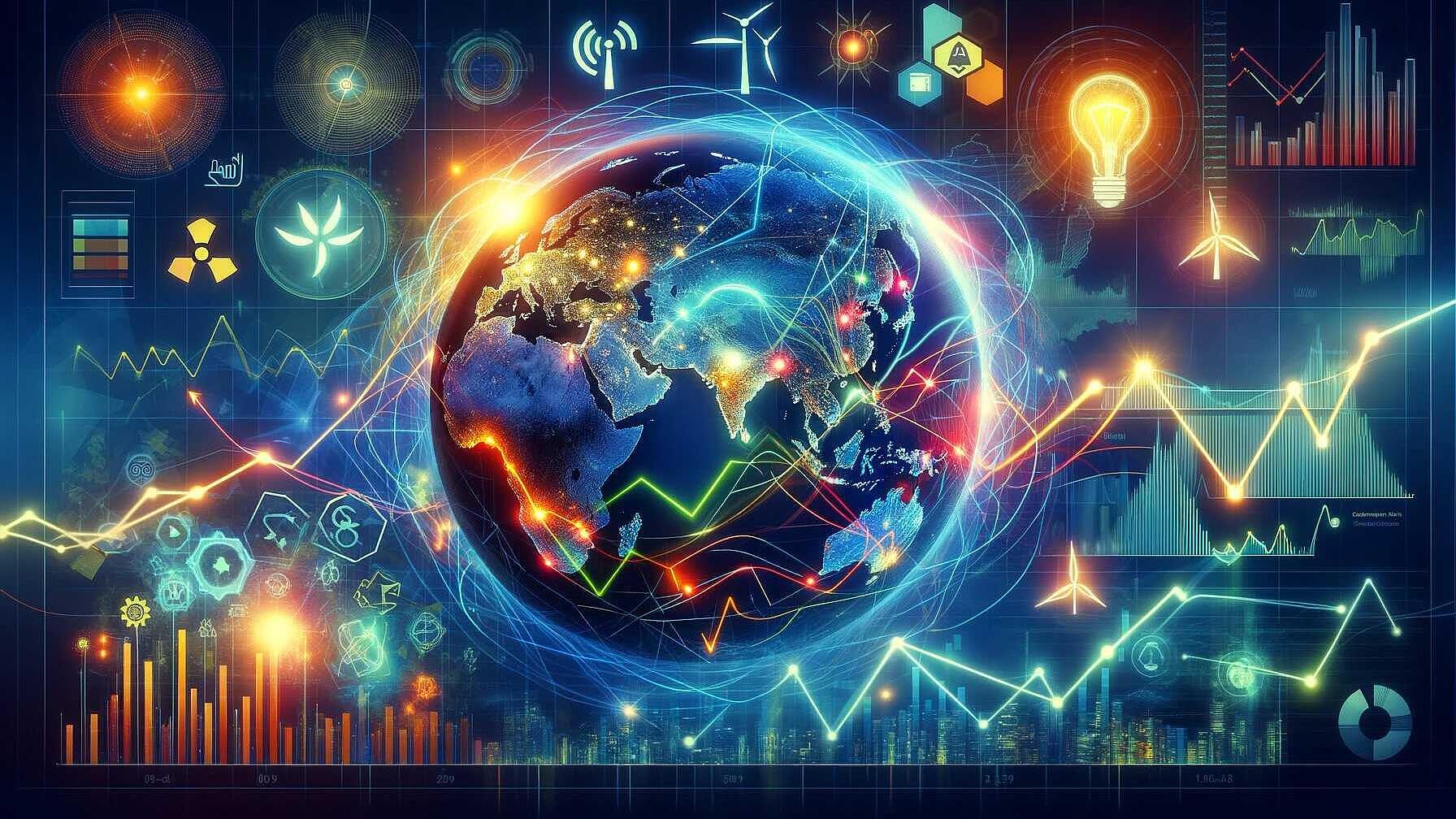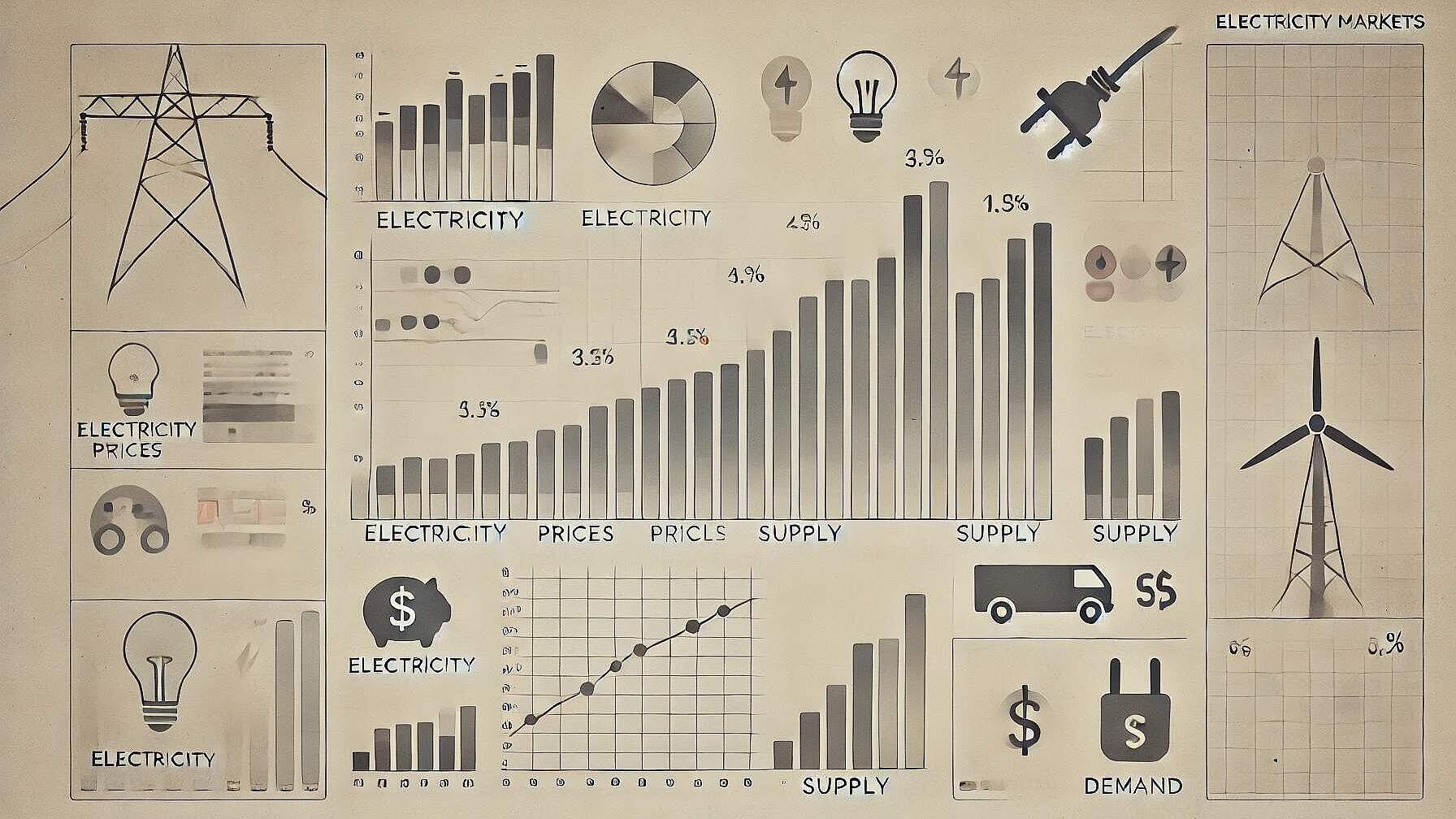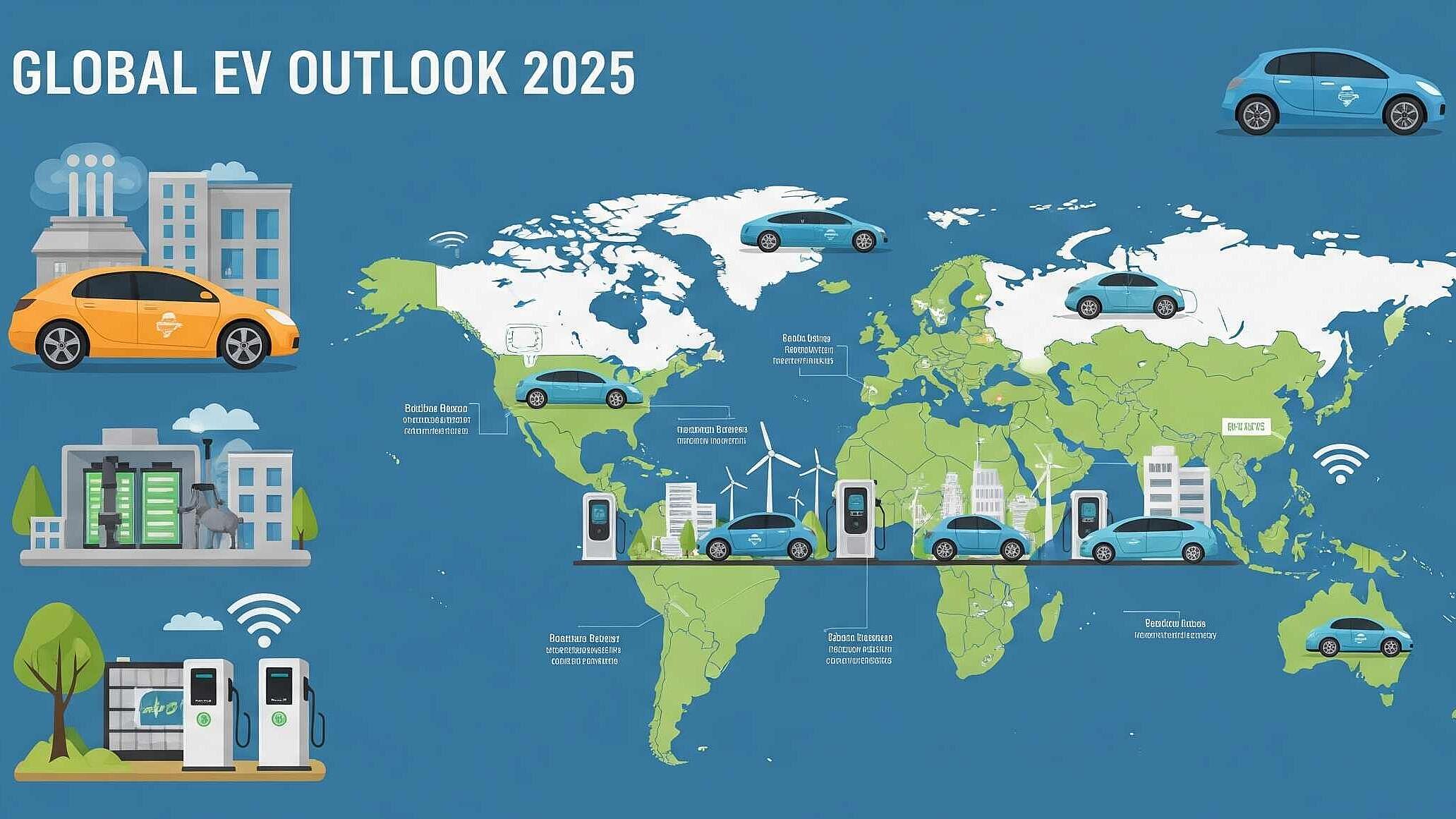 Energy Infrastructure
Energy InfrastructureSummary of the IEA Electricity Market Report 2023
Resumo
The IEA Electricity Market Report 2023 analyzes global electricity demand and the shift to decarbonization amidst various challenges. It reports a slight decrease in demand in 2022, with a significant projected increase led by Asian countries. The report highlights a global transition towards low-emission power sources, including renewable energy, although energy affordability remains a concern. Additionally, it notes a record high in power generation-related emissions in 2022, with expectations of a plateau in emissions between 2023 and 2025. The report also discusses high electricity prices influenced by energy commodity costs, particularly in Europe, and emphasizes the need for a balanced approach to economic growth and environmental sustainability in the face of these challenges.
Artigo aberto completo
Summary of the IEA Electricity Market Report 2023
Navigating Turbulence: Global Electricity Demand and Decarbonization Efforts
Global Electricity Demand Dynamics in 2022 and Beyond
Despite facing headwinds from the energy crisis, global electricity demand showed only a slight deceleration in 2022, indicating resilience amid challenging conditions. This trend is projected to accelerate from 2023, especially in Asia. China, India, and Southeast Asia are expected to drive over 70% of this growth, with Asia accounting for half of the world’s electricity consumption by 2025. This surge in demand comes in the context of persistent global economic challenges, including the ongoing war in Ukraine and inflationary pressures. Notably, industrial electricity demand witnessed a significant decline in various countries during 2022.
Transition to Low-Emission Power Sources
Low-emission power sources are poised to meet nearly all the global electricity demand growth by 2025. This transition is expected to reduce reliance on fossil fuel-fired generation between 2023 and 2025. However, 2022 saw a notable dip in hydropower generation in Europe due to historic droughts, underscoring the urgent need to enhance the flexibility and resilience of power systems. Renewable energy sources are rapidly growing, promising a significant shift in the world’s electricity generation landscape. Despite these positive developments, energy affordability remains a significant challenge, particularly for emerging and developing economies.
Emissions and the Path Ahead
2022 marked a record high in power generation-related emissions globally. However, a turning point appears to be on the horizon, with these emissions expected to plateau from 2023 through 2025. This indicates a gradual shift in the global energy landscape, balancing the need for economic growth with environmental sustainability. The increase in nuclear power, particularly in Asia, contributes to this trend by reducing the CO2 intensity of power generation.
Electricity Pricing and Market Challenges
Electricity prices remained high across many regions in 2022, influenced by the rising cost of energy commodities. Europe, in particular, experienced elevated future prices, reflecting concerns over potential supply shortages in the winter of 2023/24. The disparity in electricity market impacts was stark, with Europe facing the most severe challenges. These high electricity prices and the potential for supply constraints underscore the ongoing complexities in the global energy market, requiring strategic responses from governments and energy providers.
Conclusion: Adapting to a Changing Energy Landscape
The IEA Electricity Market Report 2023 paints a picture of a world grappling with the dual challenges of meeting growing energy demands and transitioning to a more sustainable and low-carbon energy future. Amidst economic uncertainties and environmental concerns, the global shift towards renewable energy and the need for increased efficiency and resilience in power systems have never been more critical. As nations navigate these complexities, the pursuit of balancing economic growth with environmental stewardship remains a paramount objective.



